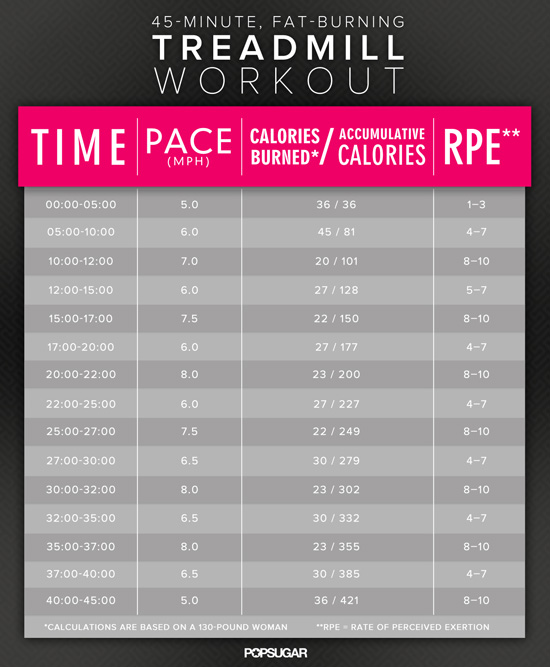The importance of electrolyte concentration in perspiration.
Spanish researchers have analysed how the sodium lost through sweat during a marathon influences the maintenance of stable and physiologically sound conditions that allow the body to carry out its functions. Excessive electrolyte loss may lead to a medical problem known as hyponatraemia.
For years, scientists have emphasised the importance of staying properly hydrated during exercise. Maintaining the body’s sodium levels has become a key priority for the success of elite athletes and enthusiasts alike.
The amount of sweat that is lost during the majority of athletic activities (football, basketball, volleyball) is relatively low due to the duration of these sports.
However, in endurance and ultra-endurance events -such as marathon races that are increasingly more popular- several litres of sweat can be lost.
For this reason, experts from the Exercise Physiology Laboratory at Camilo José Cela University (UCJC) analysed the electrolytes present in the sweat of a group of marathon runners in addition to the concentration of electrolytes in their blood upon completing the race.
“We do not only lose fluids when we sweat -which can be replaced with beverages- but the levels of several electrolytes that are essential to fluid balance and neuromuscular functioning also decrease -especially sodium,” as explained to SINC by Beatriz Lara, the main author of the study and a researcher at UCJC.
This becomes a problem when that excessive loss of electrolytes through sweat is not properly recovered with food or beverages, a scenario that could lead to hyponatraemia (a sodium concentration in the blood of less than 135 mmol/L which, in severe cases, can cause decreased consciousness, hallucinations or coma, brain herniation and even death).
The study, now published in the Scandinavian Journal of Medicine and Science in Sports, demonstrates the importance of maintaining the correct serum electrolyte levels during the race in order to prevent decreased performance as well as the associated health complications.
What impact does this have on the marathon?
During the study, two patches specifically designed to collect sweat samples were placed on the skin of 51 marathon runners and were worn throughout the entire marathon. Immediately after completing the race, a blood sample was taken from each runner to analyse their electrolyte levels.
The first analysis allowed the runners to be classified into three groups depending on their sodium concentrations: runners with ‘low-salt’ sweat; ‘typical’ sweaters with a normal amount of sodium in their sweat, and ‘salty’ sweaters which are those runners who had an excessive amount of sodium in their sweat.
The data show that the marathon runners who had very high concentrations of electrolytes in their sweat (the ‘salty’ sweaters) had lower electrolyte levels in their blood despite having properly rehydrated and having eaten the same amount of food with salt as the rest of the runners.
These figures indicate that electrolyte levels in sweat can affect water and electrolyte homeostasis over the course of the marathon; in other words, sweat electrolyte levels can have an impact on the maintenance of stable and physiologically sound conditions that allow the body to carry out its functions.
“Electrolyte concentration in sweat is an essential factor for predicting sodium requirements during sports activities -especially endurance activities such as marathons. It is likely that individuals with very salty sweat would benefit from oral supplements, such as salt tablets for instance,” concludes Lara.
Source: Are you what you sweat? : Medical News Today




